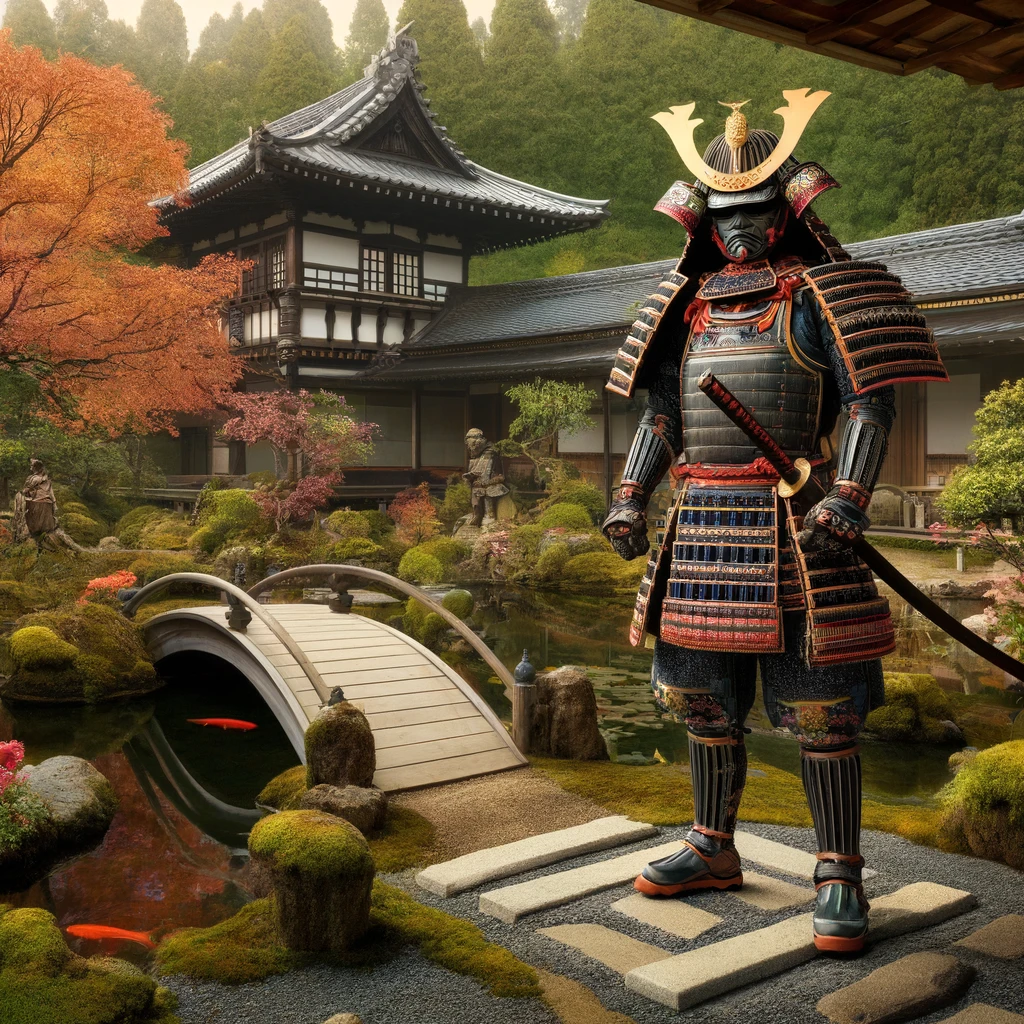In the tapestry of world history, few roles have been as pivotal yet as uniquely localized as that of the Shogun in Japan. The title “Shogun” is one that resonates with power, military prowess, and a distinctively autocratic governance that shaped Japan for almost 700 years. The term itself is an abbreviation of “Sei-i Taishōgun,” which translates to “Commander-in-Chief of the Expeditionary Force Against the Barbarians” – a title reflecting the military origins and responsibilities of the role.
The Origins of the Shogunate
The inception of the Shogunate dates back to the late Heian Period (794-1185 AD), an era when Japan was primarily under the rule of the emperor and the imperial court in Kyoto was the cradle of culture and politics. However, as romantic as the court’s life was, outside its polished corridors, the provincial clans were growing stronger and more ambitious.
The first to hold the title of Shogun in a hereditary capacity was Minamoto no Yoritomo, following his decisive victory in the Genpei War (1180-1185). The establishment of the Kamakura Shogunate by Yoritomo marked a significant shift from court to militaristic rule, laying the foundational structure that would characterize much of Japanese feudal history.
Structure and Power of the Shogunate
The Shogun was not merely a military leader but also a de facto ruler. Although the emperor remained the figurehead of Japan, the real power was concentrated in the hands of the Shogun, who governed the country through a network of subordinate warriors – the samurai.
This system was characterized by a hierarchy of loyalty and service. Lords known as daimyō controlled lands awarded by the Shogun and maintained peace using their private armies of samurai. In return, these samurai were bound by a strict code of honor and loyalty, aspects famously idealized in the Bushido code.
The Different Shogunates
Japan’s history of Shogunate governance is divided mainly into three distinct periods:
1. **The Kamakura Shogunate (1185–1333)** – Founded by Minamoto no Yoritomo and characterized by the establishment of a military government that delegated authority to trusted retainers while keeping significant powers within the family.
2. **The Ashikaga Shogunate (1336–1573)** – Initiated by Ashikaga Takauji, this era was marked by a more decentralized control, where the daimyō held greater power and autonomy, leading to many internal conflicts.
3. **The Tokugawa Shogunate (1603–1868)** – Established by Tokugawa Ieyasu following the Battle of Sekigahara. This period is known for its policy of isolation (sakoku) and a strict class structure, which led to prolonged peace and stability but also economic and social stagnation.
Cultural and Economic Impacts
Under the Shogun, Japan saw significant developments not only in military endeavors but also in culture and economy. The stability provided by the Tokugawa era, for instance, led to a flourishing of arts and culture known as the Edo period. This era witnessed the emergence of Kabuki theater, Ukiyo-e art, and the Haiku form of poetry.
Economically, the Shogunate implemented policies that encouraged agriculture, established standardized currencies, and promoted domestic trade. However, the rigid class structure and the policy of isolation eventually led to economic challenges and limited technological advancement compared to the West.
The Decline of the Shogunate
The downfall of the Shogunate system began in the mid-19th century when Commodore Perry’s “black ships” arrived from the United States and forced Japan to open up to international trade. This exposure to modern technology and the military superiority of Western powers sparked a movement known as the Meiji Restoration, which sought to restore imperial rule and modernize the country rapidly.
The last Shogun, Tokugawa Yoshinobu, resigned in 1867, marking the end of not only the Tokugawa Shogunate but also the entire Shogunate system in Japan. The imperial court was restored, and the nation began an aggressive period of modernization and industrialization.
Legacy of the Shogun
Today, the legacy of the Shogun era is a complex web of cultural reverence and historical critique. The period of the Shogunates is looked back upon as a time of great cultural achievement and social order but also as an era of rigid social stratification and isolationism.
In contemporary Japan, the remnants of the Shogunate are visible in the castles, temples, and various cultural practices that continue to draw tourists and history enthusiasts alike. These historical landmarks and cultural relics continue to serve as a bridge connecting the modern state to its unique feudal past.
The role of the Shogun, with its blend of military might and administrative authority, remains a powerful symbol of a pivotal period in Japanese history. It highlights the dynamic interplay of power, culture, and society in shaping the history of any nation.


